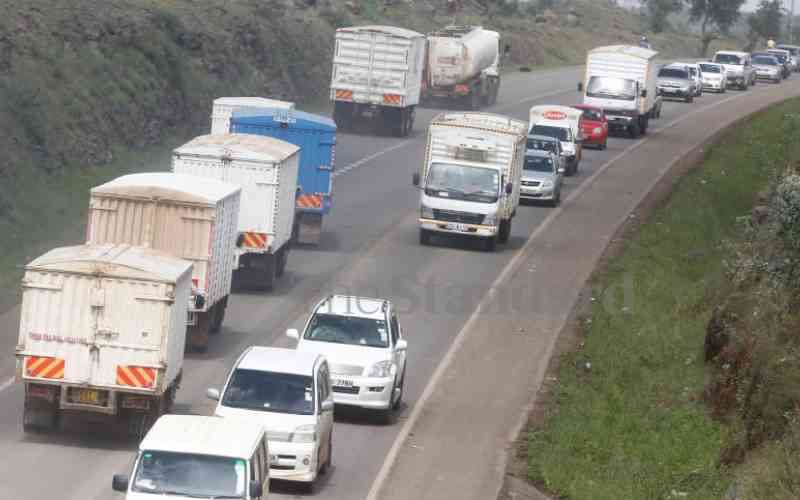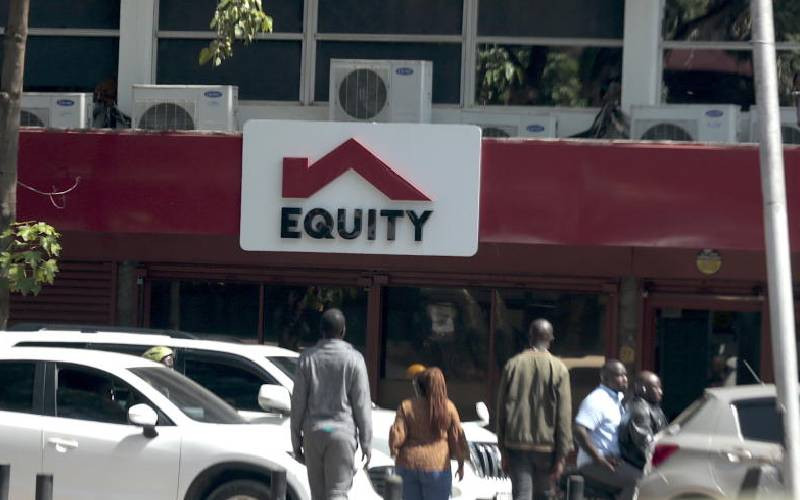×
The Standard e-Paper
Informed Minds Prefer The Standard

The 137km Rironi-Mau Summit road is a vital component of the Northern Corridor Network that facilitates transport and trade within the East African Community.
According to Kenya National Highways Authority, the Annual Average Daily Traffic flow through Gilgil is currently 25,000 vehicles, of which 70 per cent comprises private cars, matatus and buses.







